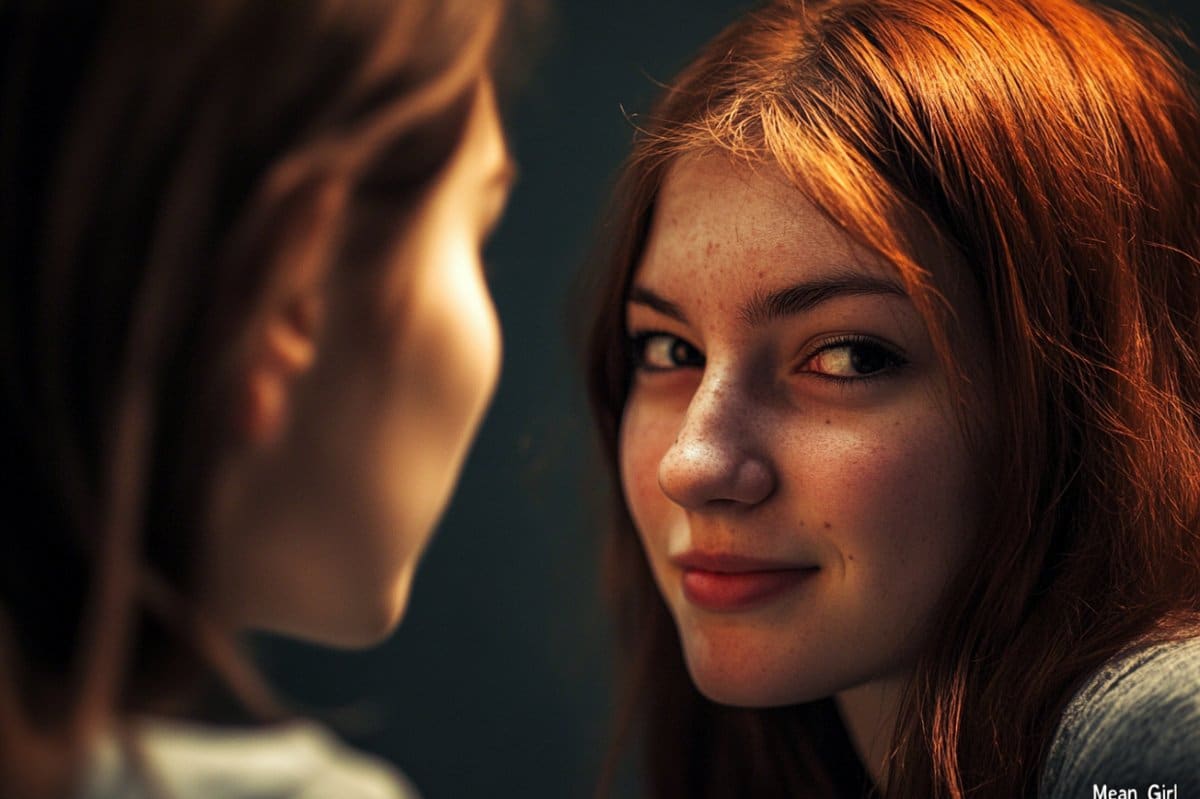Osipova, Royal Ballet Principal, to Bring ‘Force of Nature’ to latvian Stage
RIGA, Latvia — Natalia Osipova, a principal dancer with the Royal Ballet in London and widely considered one of the brightest classical talents of her generation, is set to perform her program “Force of Nature” at the Latvian National Opera on May 1st. The performance will feature Osipova alongside partners including her husband, American dancer and choreographer Jason Kittelberger.
Osipova, 38, a ballet legend, has captivated audiences worldwide with her unparalleled technique, energy and daring interpretations of iconic roles. Born and trained in Moscow, she has previously held principal positions at the Bolshoi Ballet, the Mikhailovsky Theater in St. Petersburg, and American Ballet Theatre. She has also performed as a guest artist on the stages of the Paris Opera, La scala in milan, and the Bavarian state Opera.
Osipova’s performances are distinguished by her astounding leaps, which appear to defy gravity.Critics have noted that rather than simply jumping, she seems to effortlessly float across the stage.
Her repertoire includes memorable portrayals in such classics as “Giselle,” “Don Quixote,” “Le Corsaire,” “Swan Lake,” and “La Sylphide.” Though, Osipova has danced virtually every major role in the classical ballet canon.
Beyond her mastery of classical ballet, Osipova has ventured into contemporary dance and movement theatre, pushing the boundaries of her artistry. She frequently collaborates with leading contemporary choreographers, including Alexei Ratmansky, Russell Maliphant, Arthur Pita, Sidi Larbi Cherkaoui, and Jo Strømgren, among others.
“Force of Nature” is a program that reflects Osipova’s artistic journey and showcases her versatility.”We have been performing with this program for a long time and have modified it over time,” Osipova said in an interview with Archyde.com.”My main place of work is the Royal Ballet in London, but I also have my own company, Bloom Dance Project, with which I implement my projects, and ‘Force of Nature’ is one of them. I am fascinated by dance as self-expression.”
“A dancer has to be very developed, and I have always believed that you have to be able to dance everything – classical, neoclassical, and contemporary ballet. I have always dreamed that I would succeed in this. It is quite difficult to combine and perform it at a high level, because these are different languages that take a long time to learn. To be perfect, you have to have a very good command of your body.”
Osipova further explained that “Force of Nature” is her attempt to blend these diverse dance styles into a single performance. While acknowledging the audience’s love and anticipation for classical ballet, she also hopes to introduce them to the world of contemporary dance and neoclassical works.
Despite her classical background,Osipova has embraced contemporary dance with a passionate dedication. She has navigated the distinct styles of numerous choreographers,including Jiri kylian and Nacho Duato from the Netherlands dance Theater school,and Sidi Larbi Cherkaoui,a prominent figure in Belgian contemporary choreography.
Osipova credits her husband,Jason Kittelberger,with helping her to deepen her understanding of contemporary dance. Kittelberger, who previously worked as an assistant to Sidi Larbi Cherkaoui, introduced her to the nuances of various contemporary styles.
The New York times noted that “Force of Nature,” when performed in New York earlier this year, saw Osipova “wallowing in memories.” Osipova’s program typically includes a classical pas de deux, often from “Le Corsaire,” as well as excerpts from “Giselle.” These ballets hold special significance for Osipova, and she enjoys revisiting the roles of Medora and Giselle.
The program also features neoclassical works, such as Alexei Ratmansky’s “Sad Waltz,” a duet set to music by Jean Sibelius. Osipova describes the piece as a reflection of her own personality, capturing her as an untamable force of nature.
Another highlight of the program is Osipova’s interpretation of “the Dying Swan,” a solo originally choreographed by mikhail Fokine for anna Pavlova. Osipova aims to capture the original drama and intensity of Pavlova’s performance,offering a departure from more lyrical interpretations.
“Each ballerina’s interpretation can be called ‘her own version,’” Osipova said. “This number is similar to improvisation – the ballerina comes out, performing pas de bourrée, she seems to glide across the stage, and the dance pattern develops. Each ballerina has her own pattern, her own hands, each has her own way of moving and dying.”
Reflecting on her career, which includes 20 years of performing leading roles since her debut as Kitri in “Don Quixote,” Osipova remains passionate about dance.
“Everything depends on which side you look at it from. It’s both a lot and a little,” she said. “If I think about the path I have traveled, how many roles I have danced, in how many styles, in how many theaters and with what partners, it truly seems like a huge period of time… But if I think about the fact that I still want to dance so much, it truly seems that time has not passed at all, and I feel that I am still young. I still want to dance!”







